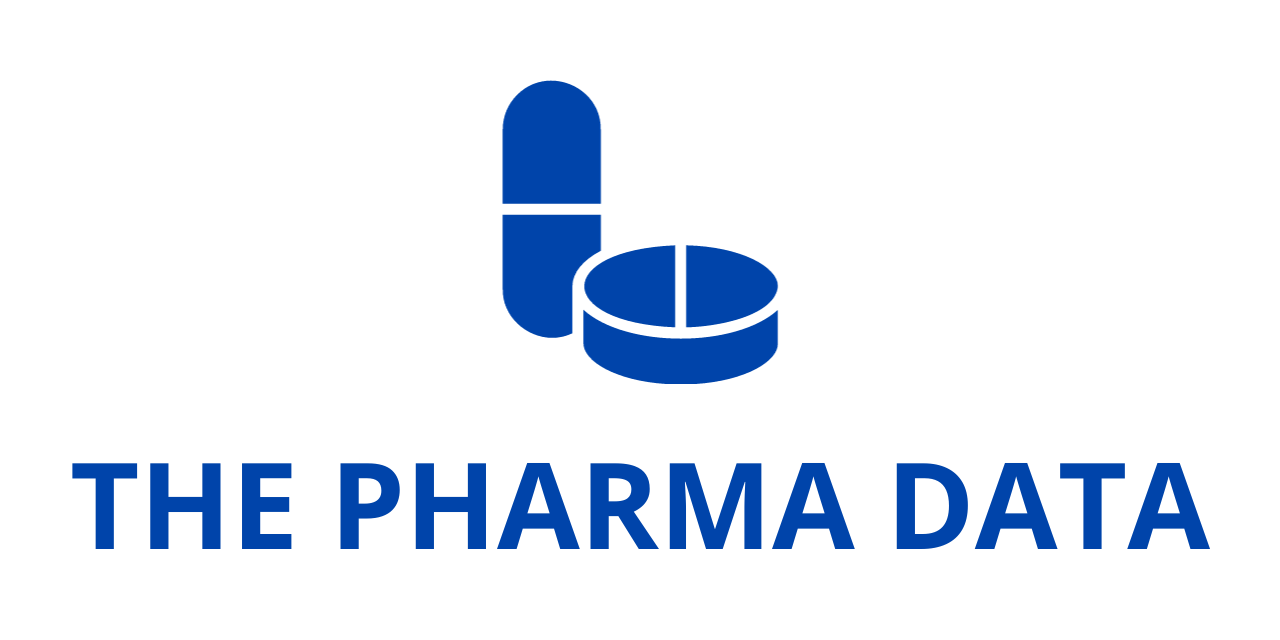
Dapirolizumab Pegol Demonstrates Promise in Phase 3 SLE Trial, Showing Improvements in Fatigue and Disease Activity at EULAR 2025
UCB (Euronext Brussels: UCB) and Biogen Inc. (NASDAQ: BIIB) presented comprehensive new findings from their Phase 3 PHOENYCS GO clinical trial evaluating dapirolizumab pegol (DZP) at the 2025 Annual Congress of the European Alliance of Associations for Rheumatology (EULAR) in Barcelona, Spain. The investigational therapy, an Fc-free anti-CD40L monoclonal antibody, is being developed for the treatment of systemic lupus erythematosus (SLE), a chronic autoimmune disease with limited treatment options and significant unmet need.
The latest data from the PHOENYCS GO trial reinforce the potential of dapirolizumab pegol to improve disease outcomes in people with moderate-to-severe SLE. Importantly, the study met its primary endpoint, showing a statistically significant improvement in disease activity at Week 48 as assessed by the British Isles Lupus Assessment Group (BILAG)-based Composite Lupus Assessment (BICLA). These findings build upon earlier data and demonstrate that DZP may offer benefits beyond traditional treatment, particularly in improving fatigue—a debilitating and commonly under-addressed symptom in SLE—as well as enhancing disease control and supporting remission.
A Closer Look at the PHOENYCS GO Study
The PHOENYCS GO study enrolled patients with moderate-to-severe SLE who were receiving standard-of-care (SOC) therapies. Participants were randomized to receive either dapirolizumab pegol in combination with SOC or SOC alone. The primary endpoint evaluated the proportion of patients achieving BICLA response at 48 weeks, a composite measure of clinical disease activity that includes changes across several organ systems.
In addition to meeting the primary endpoint, the trial included a robust assessment of multiple secondary and exploratory endpoints. These included patient-reported outcomes such as fatigue, remission status, and low disease activity, offering a comprehensive view of the clinical benefit of DZP.
Dr. Ioannis Parodis, MD, PhD, Associate Professor of Rheumatology at Karolinska University Hospital in Sweden, emphasized the importance of these findings in addressing fatigue, a hallmark symptom in lupus that often remains difficult to manage.
“Despite being a common manifestation of systemic lupus erythematosus, fatigue is a difficult-to-treat symptom that can severely impact a person’s quality of life, and remains a challenge to address,” said Dr. Parodis. “The results we observed in this Phase 3 study indicate that participants treated with dapirolizumab pegol have the potential to achieve consistent improvements in fatigue beyond the current standard of care.”
Improvements in Fatigue: Key Findings
Fatigue was assessed using two validated measurement tools: the Functional Assessment of Chronic Illness Therapy–Fatigue (FACIT-Fatigue) scale and FATIGUE-PRO, a novel patient-reported outcome instrument specifically developed for the SLE population.
- FACIT-Fatigue Scores: Participants treated with DZP showed a greater improvement from baseline in fatigue scores at Week 48 (mean change: 8.9) compared to those receiving SOC alone (mean change: 5.2). The difference was statistically significant with a nominal p-value of 0.0024.
- FATIGUE-PRO Subscales: DZP treatment led to significant improvements in all three domains of the FATIGUE-PRO scale:
- Physical Fatigue: +7.6 point difference from SOC
- Mental and Cognitive Fatigue: +5.6 point difference
- Susceptibility to Fatigue: +7.8 point difference
All differences reached nominal statistical significance (p<0.05), suggesting a meaningful improvement in the daily lived experience of SLE patients.
Impact on Disease Activity and Remission
Dr. Eric F. Morand, MBBS, Head of the Rheumatology Unit at Monash Health and Monash University in Australia, noted that dapirolizumab pegol could fill critical gaps in SLE treatment by not only addressing symptoms like fatigue but also improving long-term disease control.
“Being able to address both fatigue and remission are areas of critical unmet need in lupus care,” said Dr. Morand. “An important treatment goal is to improve the quality of life for patients as well as to reduce the long-term risk of organ damage through disease remission. In the PHOENYCS GO study, dapirolizumab pegol has shown meaningful impact in helping patients achieve remission and low disease activity, offering the exciting possibility for improved disease control while reducing exposure to glucocorticoids.”
Key efficacy outcomes from the PHOENYCS GO study include:
- Low Disease Activity (LLDAS):
- At Week 48, 40.9% of patients treated with DZP achieved LLDAS, compared to only 19.6% in the SOC group (nominal p<0.0001).
- By Week 12, the proportion of patients reaching LLDAS was already significantly higher in the DZP group.
- Moreover, 23.6% of patients on DZP sustained LLDAS for at least half of the study duration versus 15.9% with SOC alone (nominal p=0.1042).
- Disease Remission (DORIS Criteria):
- 19.2% of DZP-treated patients achieved remission by Week 48, compared to 8.4% of patients receiving SOC alone (nominal p=0.0056).
The DORIS and LLDAS criteria incorporate both clinical assessments and corticosteroid tapering requirements, reinforcing the potential for DZP to deliver comprehensive disease control while reducing steroid exposure—a key consideration in minimizing long-term treatment-related adverse effects.
Safety Profile and Tolerability
The safety profile of dapirolizumab pegol was generally favorable and aligned with prior clinical experience. Most adverse events were consistent with expectations for an immunomodulatory therapy in an SLE population.
- Treatment-Emergent Adverse Events (TEAEs):
- Occurred in 82.6% of patients receiving DZP plus SOC, compared to 75.0% in the SOC group.
- The majority of TEAEs were mild to moderate in severity.
- Serious TEAEs:
- Notably, the rate of serious TEAEs was lower in the DZP arm (9.9%) than in the SOC-only group (14.8%).
- Treatment Discontinuation:
- Discontinuation due to TEAEs was slightly higher in the DZP group (4.7%) versus 3.7% in the SOC group, indicating overall tolerability of the investigational agent.
These findings support the continued clinical development of DZP, with ongoing monitoring for long-term safety outcomes.
Next Steps in Development
Participants in the PHOENYCS GO trial (ClinicalTrials.gov Identifier: NCT04294667) will continue into a long-term open-label extension study to assess the durability of efficacy and safety. Meanwhile, a second confirmatory Phase 3 trial—PHOENYCS FLY (NCT06617325)—is actively recruiting and is expected to provide additional evidence to support potential regulatory filings.
Regulatory Status
Despite encouraging results, it is important to note that dapirolizumab pegol is still under investigation. The therapy has not yet been approved for use in any country for the treatment of SLE. Regulatory submissions will depend on the outcomes of the ongoing PHOENYCS FLY study and further safety evaluations.
The new Phase 3 data presented at EULAR 2025 mark a major milestone in the development of dapirolizumab pegol as a potential treatment for systemic lupus erythematosus. By demonstrating robust improvements in fatigue, disease activity, and remission, DZP may offer a novel therapeutic option for individuals living with this complex autoimmune condition. If confirmed in ongoing trials, dapirolizumab pegol could represent a paradigm shift in how clinicians approach both symptom management and long-term disease control in SLE.





